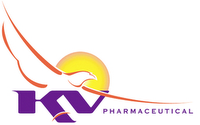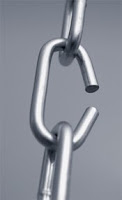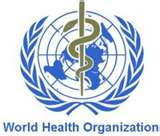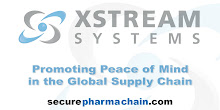 2008 was a rough year for KV Pharmaceuticals, and 2009 is starting off even worse.
2008 was a rough year for KV Pharmaceuticals, and 2009 is starting off even worse. Plagued with recalls in 2008 (a total of five), they now start off 2009 by suspending manufacturing and issuing a voluntary recall of all of their products for two of their subsidiaries, Ethex Corporation and Ther-Rx Corporation.
So what spurred this action that is being touted as one of the largest generic recalls in history? The recalls started with an FDA inspection in December 2008. The recalls are being done because the products manufactured did not sufficiently comply with current Good Manufacturing Practices (cGMPs).
Previous recalls in 2008 were due to oversized tablets delivering higher than labeled doses. At least one of those items has a pending litigation from a patient in Texas. Judy Goodman took Morphine Sulfate ER tablets (manufactured by Ethex) from June 2007 until she died on April 10 from drug toxicity. In June 2008, Frank Goodman received an "Urgent Drug Recall" notice informing the family that "her tablets may be over-sized and to contact her physician." The family has filed suit against Ethex Corporation and KV Pharmaceutical.
Along with lack of oversight during the manufacturing process, it also begs the question as to what kind of process is in place for quality control in general before any manufacturers send their products out into the various pharmaceutical supply chains.
XStream Systems is encouraging all members of the pharmaceutical supply chain to utilize authentication technologies in their business processes including manufacturing, quality control, distribution and dispensing.
XStream’s XT250 system enables all within the pharmaceutical supply chain to authenticate and verify the medication inside its sealed, unit-of-sale container and is nondestructive. These technologies detect counterfeit, adulterated, fraudulent and substandard materials.
By all members of the supply chain utilizing cost effective authentication technologies, these recalls and unfortunate deaths may have been avoided altogether.
For a listing of drugs being recalled please view the FDA notices:
Ethex
For complete recall listing: http://www.fda.gov/oc/po/firmrecalls/ethex01_09.html
Ther-Rx Corporation
For complete recall listing: http://www.fda.gov/oc/po/firmrecalls/therrx01_09.html
Previous Recalls
ETHEX Corporation Initiated Nationwide Voluntary Recall of a Single Lot of Hydromorphone HCl 2 mg Tablets Due to Potential for Oversized Tablet (12/23/08)
ETHEX Corporation Initiated Nationwide Voluntary Recalls of Specific Lots of Five Generic Products Due to the Potential for Oversized Tablets (11/07/08)
ETHEX Corporation Voluntarily Recalls Three Lots of Dextroamphetamine Sulfate 5mg Tablets Due to the Potential for Oversized Tablets (10/15/08)
ETHEX Corporation Voluntarily Recalls Specific Lots of 30 mg. and 60 mg. Morphine Sulfate Extended Release Tablets Due to the Potential for Oversized Tablets NDC #58177-320-04 & 58177-330-04 Lot Numbers listed below (6/13/08)
ETHEX Corporation Voluntarily Recalls a Single Lot of Morphine Sulfate 60 mg Extended Release Tablets Due to the Potential for Oversized Tablets (6/9/08)














